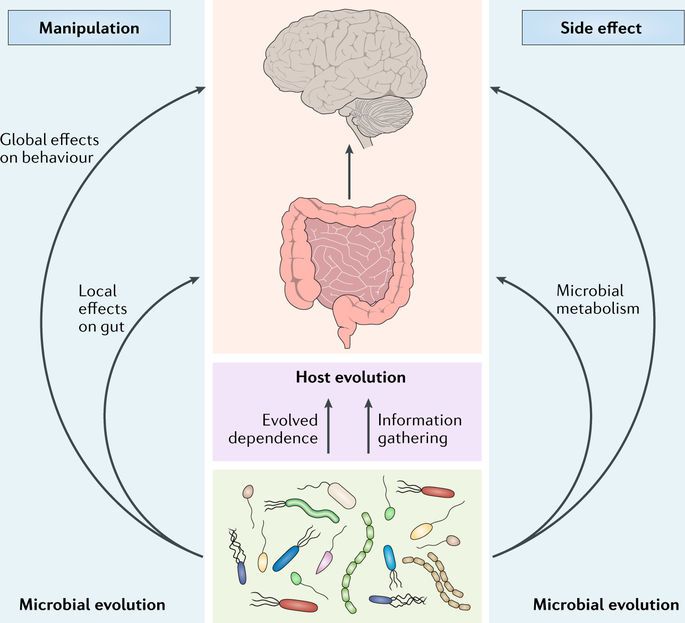Lately, there has been a lot of concern about the recent explosion of AI, and how it could reach the point of 1) being more intelligent than humans, and 2) that it could decide that it no longer needs us and could in fact, take over the Earth.
Physicist Stephen Hawking famously told the BBC: “The development of full artificial intelligence could spell the end of the human race.” Billionaire Elon Musk has said that he thinks AI is the “biggest existential threat” to the human race.
Computers running the latest AI have already beaten humans at games ranging from Chess to Go to esports games (which is interesting, because this is a case where AI could be better than humans at playing games which were built as software from the ground up, unlike Chess and Go, which were developer before the computer age).







